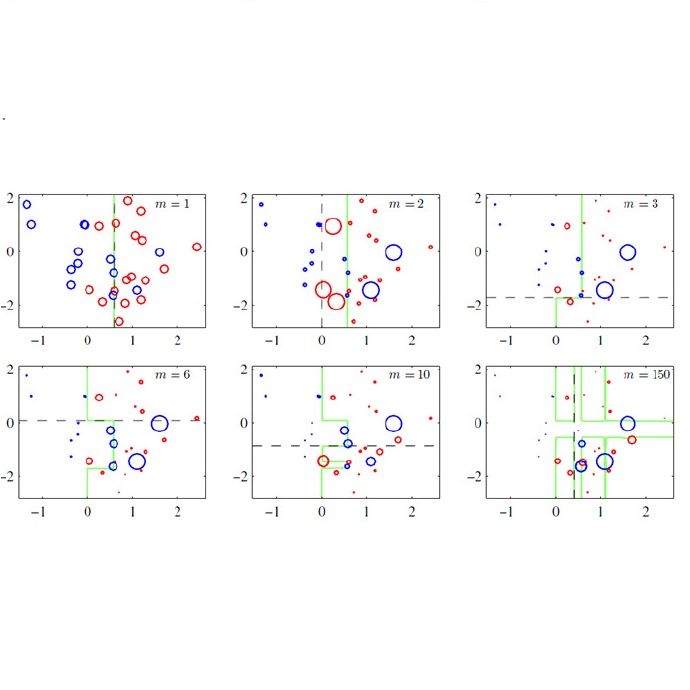In modern wireless communication systems, radio propagation modeling to estimate pathloss has always been a fundamental task in system design and optimization. The state-of-the-art empirical propagation models are based on measurements in specific environments and limited in their ability to capture idiosyncrasies of various propagation environments. To cope with this problem, ray-tracing based solutions are used in commercial planning tools, but they tend to be extremely time-consuming and expensive. We propose a Machine Learning (ML)-based model that leverages novel key predictors for estimating pathloss. By quantitatively evaluating the ability of various ML algorithms in terms of predictive, generalization and computational performance, our results show that Light Gradient Boosting Machine (LightGBM) algorithm overall outperforms others, even with sparse training data, by providing a 65% increase in prediction accuracy as compared to empirical models and 13x decrease in prediction time as compared to ray-tracing. To address the interpretability challenge that thwarts the adoption of most ML-based models, we perform extensive secondary analysis using SHapley Additive exPlanations (SHAP) method, yielding many practically useful insights that can be leveraged for intelligently tuning the network configuration, selective enrichment of training data in real networks and for building lighter ML-based propagation model to enable low-latency use-cases.
翻译:在现代无线通信系统中,用于估计病理损失的无线电传播模型一直是系统设计和优化的一项基本任务。最先进的实验传播模型以特定环境中的测量为基础,其捕捉各种传播环境的特异性的能力有限。为解决这一问题,商业规划工具使用基于射线追踪的解决方案,但这些解决方案往往耗时费时费钱。我们提议了一个基于机器学习(ML)的模型,利用新的关键预测器来估计病理损失。通过定量评估各种ML算法在预测性、一般化和计算性能方面的能力,我们的结果显示,光度推引引机(LightGBM)算法总体优于其他方法,即使培训数据稀少,通过提供比经验模型更准确的预测率提高65%,预测时间比光度低13x减少。我们提出了一种基于机器学习(ML)的模型,利用新的关键关键预测器估计损失。我们通过对各种ML算法进行广泛的二次分析,通过Sapley advitef Explications(SHAPBM) Explical Invisionations real Intal Intal Inquidustrutations, 产生许多基于智能智能智能化网络的实用化模型,可以使数据更精确化的模型,从而产生更精确的模型。





